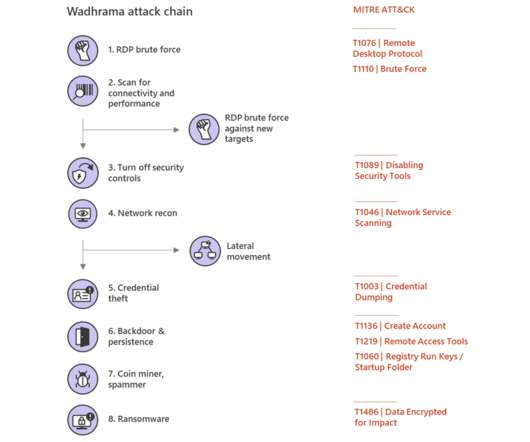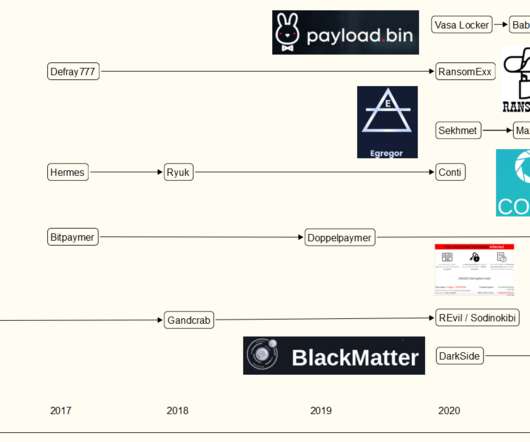A member of the FIN7 group was sentenced to 10 years in prison
Security Affairs
APRIL 18, 2021
The Ukrainian national Fedir Hladyr (35), aka “das” or “AronaXus,” was sentenced to 10 years in prison for having served as a manager and systems administrator for the financially motivated group FIN7 , aka Carbanak. Hladyr also controlled the organization’s encrypted channels of communication.”












Let's personalize your content